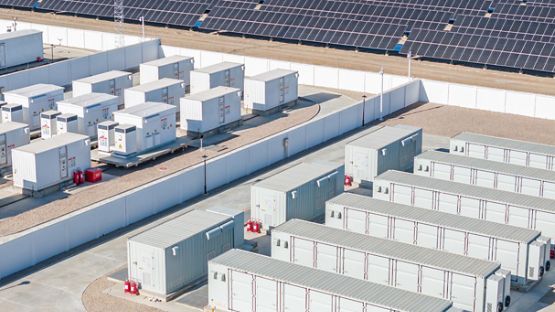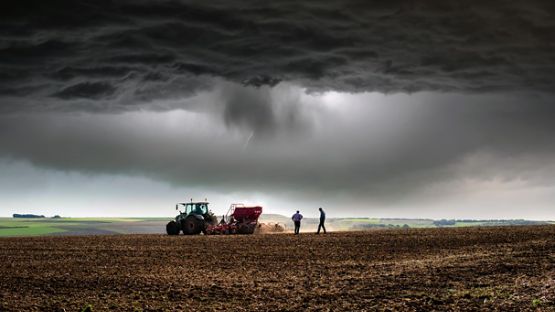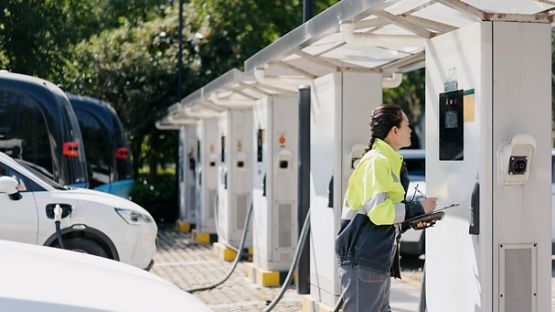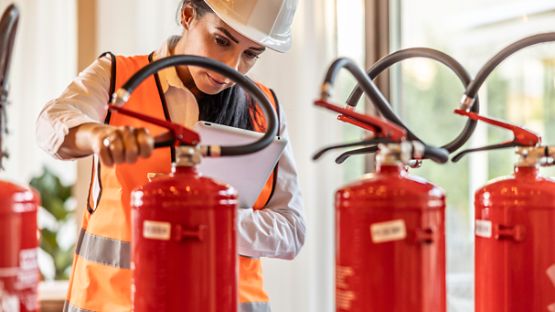The threat of arson is a real concern for business owners and commercial property managers.
Arson incidents can result in devastating financial losses and often lead to the complete or near-complete destruction of commercial premises. This usually results in substantial repair and replacement costs, plus the loss of valuable inventory and equipment.
The prolonged business interruption that follows can be equally damaging, leading to lost revenue, customer attrition, and in severe cases, permanent closure, especially for smaller businesses with limited resources.
Every commercial property is at some measure of risk for arson. Aviva Risk Management Solutions specialists recommend the regular review of four key areas to ensure your property is as protected as possible.
1. Fire management policies
During routine fire risk assessments, consider ongoing and potentially new arson vulnerabilities. These include physical, operational, and situational risks.
- Physical risks: Presence of flammable materials, easily accessible entry points, faulty electrical systems, accumulated waste, high-crime locations, and isolated properties.
- Operational risks: Any deficiencies in security measures, inadequate or outdated fire safety planning, poor inventory management, and vacant property status.
- Situational risks: Economic downturns, disgruntled individuals, seasonal increases in vandalism, and social unrest.
It’s important to review these vulnerabilities regularly and develop or modify documented fire management protocols and response procedures. Staff should be updated and retrained regularly.
Another critical way to address vulnerabilities is to ensure effective housekeeping and waste control practices, including:
- keeping the premises free of debris, dust, and waste materials, which reduces the availability of combustible materials that could be used to start a fire
- ensuring that all exit pathways are clear and free of obstructions and can facilitate quick evacuation in case of a fire, reducing the risk of injury and limiting damage.
2. Exterior lighting
Exterior lighting on commercial properties significantly reduces the opportunities and perceived safety for potential offenders. Well-lit exteriors eliminate the cover of darkness, which arsonists often rely on to conduct their activities undetected. Bright lighting increases visibility, making it easier for security personnel, passersby, or even remote monitoring systems to spot suspicious activity. This heightened visibility acts as a strong deterrent because the risk of being seen and caught increases dramatically.
Beyond visibility, effective exterior lighting also contributes to a perception of active surveillance and security. A well-lit property signals that the premises are actively monitored and cared for, suggesting a lower likelihood of successful criminal activity. This perception can dissuade potential arsonists who prefer targets with less security and a higher chance of escaping unnoticed.
Best practices for adequate exterior lighting
- Consistent illumination: Ensure even lighting coverage across the entire perimeter of the building, including entrances, exits, loading docks, and parking areas.
- Strategic placement: Position lights to eliminate shadows and blind spots where arsonists could conceal themselves, and focus lighting on vulnerable areas like doorways, windows, and storage areas.
- Durable and tamper-proof fixtures: Install sturdy, weather-resistant fixtures that are difficult to damage or disable and protect wiring and connections to prevent tampering.
3. Access control
Effective arson risk management often hinges on limiting unauthorized entry and monitoring movement around a commercial property. This involves implementing robust physical security measures such as sturdy, lockable doors and windows, reinforced perimeter fencing, and controlled gate systems.
Key card access, biometric scanners, or coded entry systems can restrict access to authorized personnel only, while security cameras and motion sensors provide real-time monitoring and record any suspicious activity. Regularly changing access codes and conducting background checks on employees and contractors further reduce the risk of internal threats.
Beyond physical security, access control also encompasses operational procedures. Maintaining accurate visitor logs, requiring identification for all non-employees, and clearly defining restricted areas within the property are crucial. Regular security patrols, both internal and external, deter potential arsonists and ensure that any breaches are promptly addressed.
Integrating access control systems with alarm systems and emergency response protocols will also ensure a rapid response in the event of an incident.
A few best practices
- Install monitored security systems: Window, door, and glass break sensors, around the property, especially in vulnerable areas such as entrances, exits, and storage areas.
- Lock gates outside of operational areas: For a greater level of protection, install monitored sensors that will alert management and/or authorities if the gate is opened.
- Provide signage indicating security systems are in place: This helps deter unauthorized access.
- Install cameras in key areas such as entrances: Ensure the camera system has a minimum of 30 days’ backup capacity and can be viewed remotely.
4. Active and passive fire protection systems
ARMS specialists recommend a dual approach to fire risk management within a commercial property.
Active fire protection systems, such as sprinklers, fire alarm systems, and portable extinguishers are critical in the event of a fire. It’s important to conduct regular inspections and maintenance in accordance with relevant codes and standards to ensure systems operate effectively in the event of an arson attempt.
Passive fire protection systems are integrated into the building's structure and function without any active intervention. These include fire-resistant walls, floors, ceilings, and fire doors, which slow the spread of fire and smoke, providing valuable time for evacuation and firefighting. Fire dampers also prevent the spread of fire through ductwork. These components also need to be properly maintained per appropriate codes and standards.
Fire alarms should be monitored by a Underwriters Laboratories of Canada (ULC)-listed monitoring company to ensure the fire department is notified in the event of an activation.
ARMS specialists are here to help
If you’re looking for support in reviewing your property’s risk of arson, Aviva Risk Management Solutions has professional risk consultants across Canada who can provide expert advice and resources. Reach out to us at arms.canada@aviva.com.













